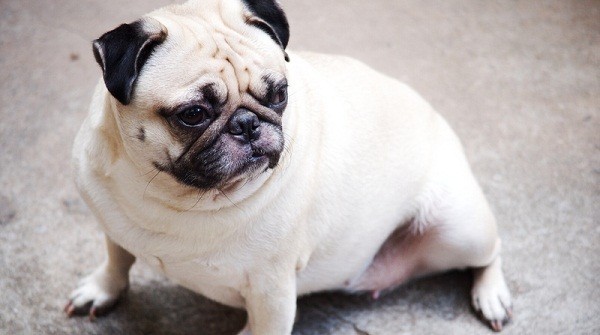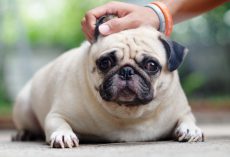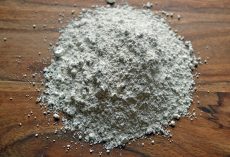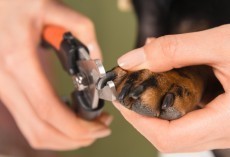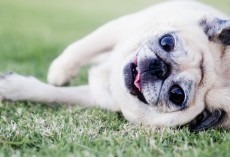In addition to looking for symptoms of heatstroke, be aware that your pup's paws can get burned when it's hot outside if he walks on the hot cement or other outside surfaces. An alternative is carrying him or leaving him inside your home where it is cool. Learn about the important tips below to prevent your pooch from burning his paws and suffering from doggy heatstroke!
Our dogs have a higher body temp than we do, and less ability to cool down. Humans are covered with sweat glands, but a dog's are confined to her nose and the pads of her feet.
An overheating dog can only regulate her body temperature through panting, which isn’t terribly efficient in hot weather. In a very short period of time, an overheated dog can suffer critical damage to her brain, heart, liver and nervous system.
Recognizing the Signs of Overheating in Your Pet
Heatstroke — the ultimate and often deadly result of overheating — is caused by a dangerous elevation in an animal's body temperature.Symptoms of overheating include:
Heavy panting or rapid breathing
Elevated body temperature
Increased pulse and heartbeat
Weakness, collapse
Excessive thirst
Glazed eyes
Vomiting, bloody diarrhea
Seizures
Excessive droolingIn addition to hot vehicles, other contributors to pet overheating include humid conditions, lack of drinking water, obesity, and overexertion.
Tips for Keeping Your Pet Safe in the Heat
1. Never, ever leave your pet alone in a parked car on a warm day. Not even for a minute. On a warm day, the temperature inside your vehicle can rise quickly into the danger zone.
On summer days, it’s best to leave your pet home where she can stay cool, hydrated, and safe.
2. Don't walk or exercise your pet on hot pavement. Not only can pavement on a hot day burn your dog’s paws, but the heat rising from concrete or asphalt can quickly overheat an animal that lives close to the ground.
3. Exercise your dog during the coolest parts of the day. In most locations, this means early in the morning or after sunset. temps hit 90 degrees, your pet should be indoors where it's cool.
4. Provide plenty of fresh clean drinking water at all times. In addition to overheating, your pet can become dehydrated very rapidly in warm weather.
If your pup has been out in the heat for a long period of time and exhibits any of the symptoms above, do not hesitate to call your vet or take him to an emergency vet if necessary.
Heat can do a lot of damage to your doggy, but if you follow these tips from Healthy Pets and use common sense he'll stay healthy and heatstroke free.
